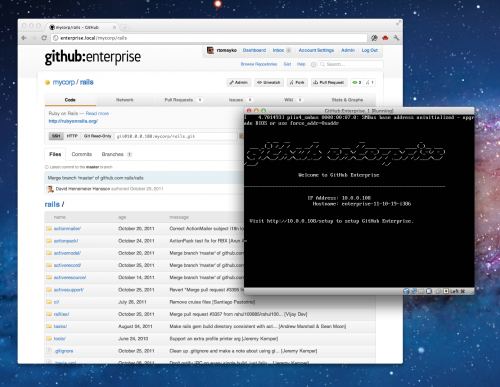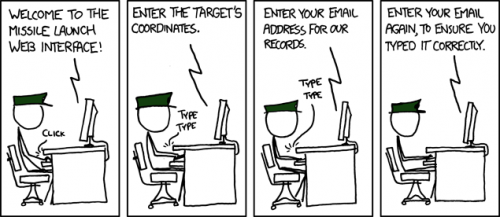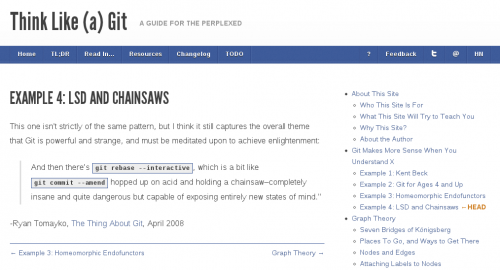Today is is a big day and I am celebrating. I am celebrating together with my teammates the release of the ImpreStyle Color application for Android, version 1.0.0, demo. It took all four of us to working hard over a much longer period of time than anyone would be willing to admit, but we pulled through.
While there are many aspects, details, and lessons that we’ve learned during this period, I’d like to focus on the ones that are mostly related to the actual Android application development and publishing. I share this for the next time I decide jump into something like that, as well as for anyone else who considers such a possibility.
And before you run away scared, let me tell you this. It is possible. And the fact that we’ve accomplished it proves it once again. As 500,000+ other Android applications currently available on the Android Market.
Continue reading How to build Android application and keep your sanity



